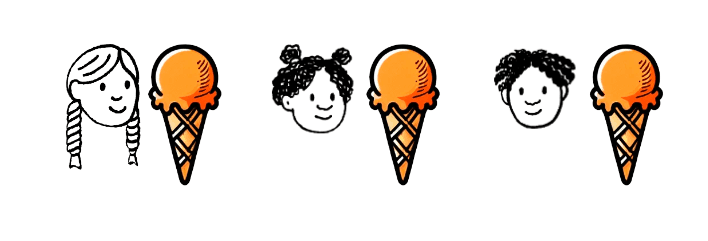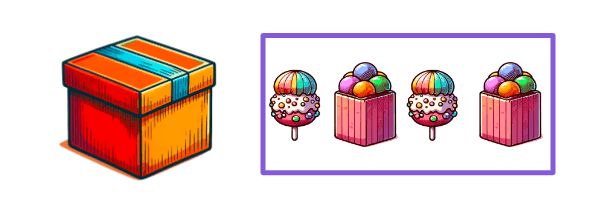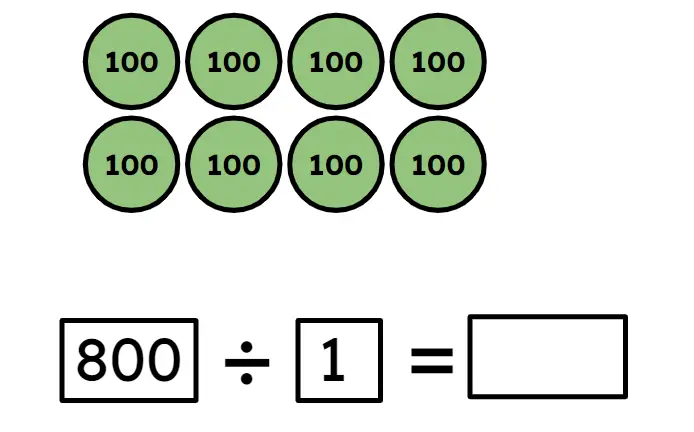Myths about teaching can hold you back
- Year 5
Solve problems involving multiplication and division
I can use a range of strategies to solve multiplication and division problems.
- Year 5
Solve problems involving multiplication and division
I can use a range of strategies to solve multiplication and division problems.
These resources will be removed by end of Summer Term 2025.
Switch to our new teaching resources now - designed by teachers and leading subject experts, and tested in classrooms.
These resources were created for remote use during the pandemic and are not designed for classroom teaching.
Lesson details
Key learning points
- Look at the numbers in the problem to decide which strategy is most effective and explain why.
- Use partitioning strategies if the numbers are related by times tables.
- Use short multiplication or division if the numbers are not related by times tables.
Keywords
Multiplication - The basic idea of multiplication is repeated addition.
Division - Division is splitting into equal parts or groups. It is the result of "fair sharing".
Inverse - Inverse means the opposite in effect. The reverse of.
Common misconception
Pupils may not be able to identify the key words leading to the operation.
Highlight the keyword and read back the question highlighting the context of the word problem. Words such as 'of' will need exemplifying.
To help you plan your year 5 maths lesson on: Solve problems involving multiplication and division, download all teaching resources for free and adapt to suit your pupils' needs...
To help you plan your year 5 maths lesson on: Solve problems involving multiplication and division, download all teaching resources for free and adapt to suit your pupils' needs.
The starter quiz will activate and check your pupils' prior knowledge, with versions available both with and without answers in PDF format.
We use learning cycles to break down learning into key concepts or ideas linked to the learning outcome. Each learning cycle features explanations with checks for understanding and practice tasks with feedback. All of this is found in our slide decks, ready for you to download and edit. The practice tasks are also available as printable worksheets and some lessons have additional materials with extra material you might need for teaching the lesson.
The assessment exit quiz will test your pupils' understanding of the key learning points.
Our video is a tool for planning, showing how other teachers might teach the lesson, offering helpful tips, modelled explanations and inspiration for your own delivery in the classroom. Plus, you can set it as homework or revision for pupils and keep their learning on track by sharing an online pupil version of this lesson.
Explore more key stage 2 maths lessons from the Division by partitioning leading to short division (2 and 3-digits by 1-digit) unit, dive into the full primary maths curriculum, or learn more about lesson planning.

Licence
Prior knowledge starter quiz
6 Questions
Q1.Which of these is not a multiple of 4?
Q2.Look at the diagram, choose the correct division equation. Three ice creams are shared between three people.

Q3.Look at the diagram, choose the correct division equation.

Q4.Use a mental strategy to solve: 363 ÷ 6 = Write your answer in numeral form using r if you need to show a remainder.
Q5.Choose an efficient strategy to solve: 763 ÷ 9 = Write your answer in numeral form using r if you need to show a remainder.
Q6.Choose an efficient strategy to solve this word problem: 937 cookies are packed in boxes of 3. How many boxes are needed to pack all of the cookies?
Assessment exit quiz
6 Questions
Q1.Match the division equation to the correct quotient.
5
3
7
12
Q2.Use the representation below to fill in the blank:



